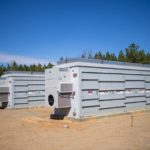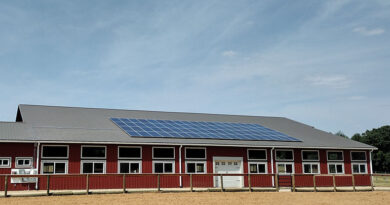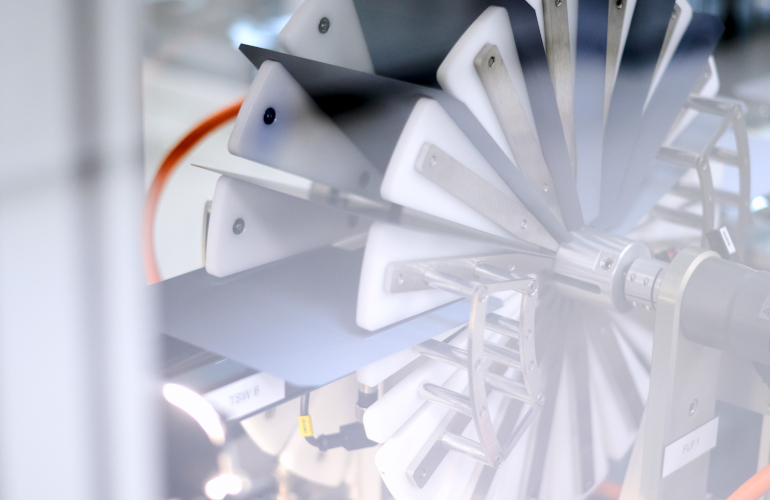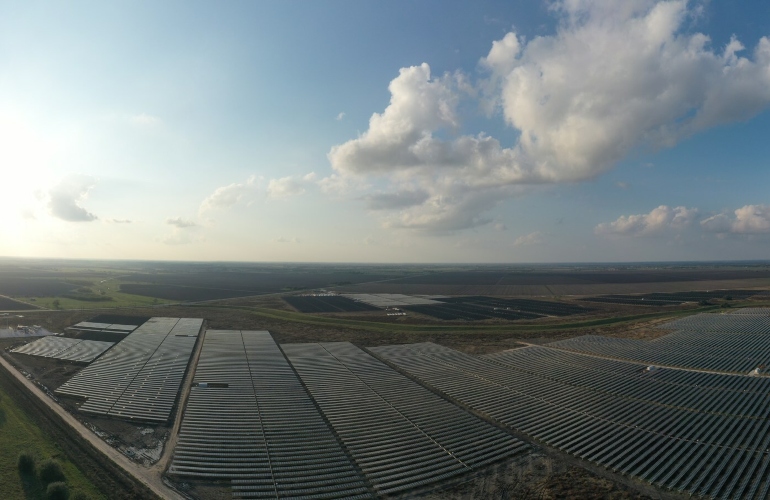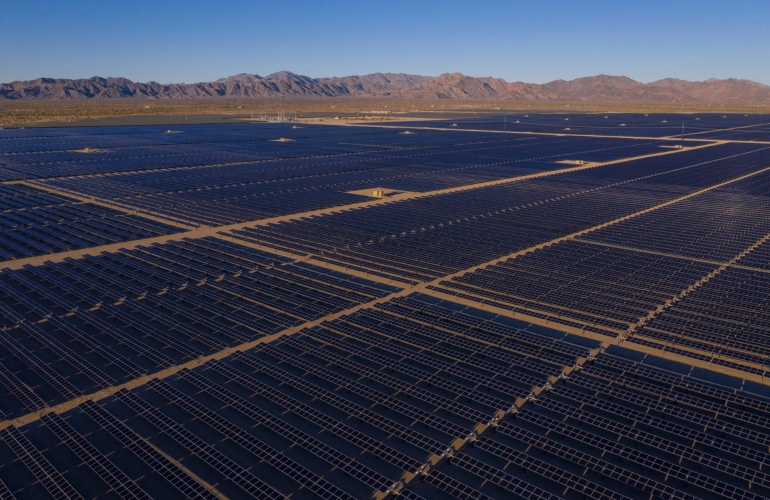PvDesign users can now design substations for utility-scale solar projects
 PvDesign’s algorithm now has the ability to design and engineer the interconnection facility on utility-scale solar projects.
PvDesign’s algorithm now has the ability to design and engineer the interconnection facility on utility-scale solar projects.
To connect a solar PV plant to distribution or transmission networks, it is necessary to step-up the voltage level from medium to high voltage. To do this, projects require a substation.
Substations are therefore used to accommodate new energy generation, maintain reliability requirements to address congestion in the power grids, satisfy load growth and transmission capacity rapidly and break the power flow in scenarios of fault response.
The power transmission and distribution industry has witnessed significant upsurge due to its growing life expectancy and the rising demand for effective, safe, reliable and stable transmission and distribution networks.
 As solar projects get larger, it’s common for utility companies to outsource the design of the substation. For this reason, pvDesign has launched a new feature to generate the basic engineering of some of the most common substations: line to transformer substation, single busbar substations and double busbar substations.
As solar projects get larger, it’s common for utility companies to outsource the design of the substation. For this reason, pvDesign has launched a new feature to generate the basic engineering of some of the most common substations: line to transformer substation, single busbar substations and double busbar substations.
PvDesign carries out the basic engineering of the substation that best suits the photovoltaic plant. Users only need to select the substation card and introduce the high voltage level. PvDesign software is capable of generating in detail all the necessary documents of the step-up substation that will allow the connection of the photovoltaic plant to the distribution or transmission networks of the country.
Among the most important documents that pvDesign generates in seconds are:
- Single line diagrams (SLDs) as a graphic representation of the electrical installation.
- A design report that includes the descriptive memory of all the necessary equipment in the substation as well as safety distances, insulation coordination, values of short-circuit currents and characteristics of the busbar. Moreover, the design report includes the descriptive memory of all the necessary equipment in the breaking station, such as feeder, auxiliary, protection and metering cubicles.
- Profile, top views and general sections of the substation.
News item from RatedPower
<!–
–>
Original Source: https://www.solarpowerworldonline.com/2020/10/ratedpower-pvdesign-substation-design-engineering-solar-projects/






